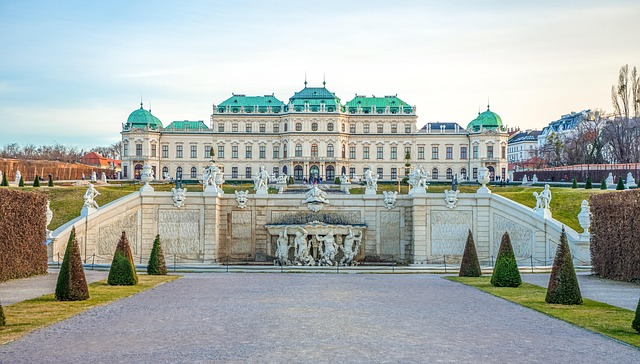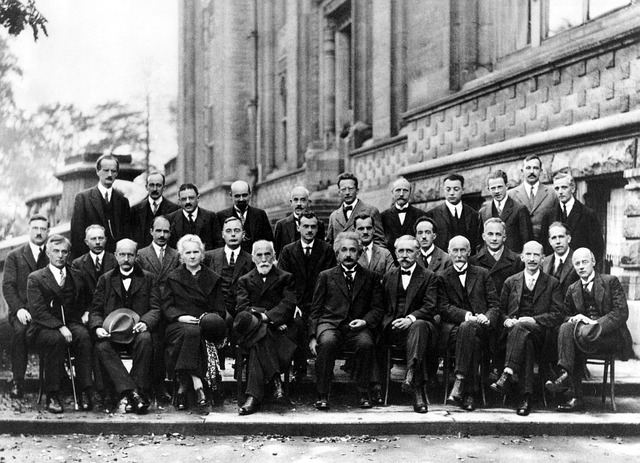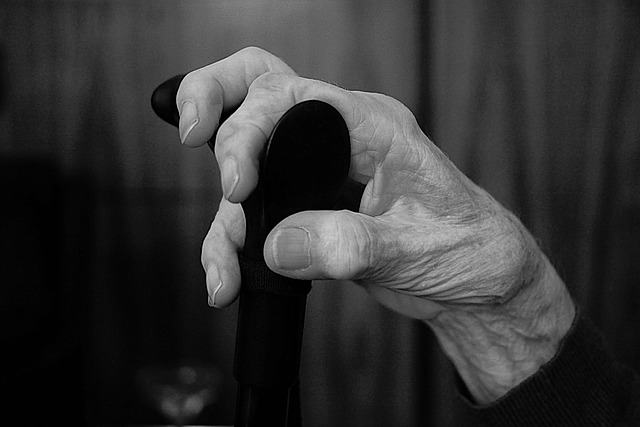Eugene, Oregon, stands out for its inclusive transport system, prioritizing cycling as a sustainable and accessible mode of urban mobility. The city has developed a comprehensive network of biking paths featuring dedicated lanes, scenic routes, and advanced technology like online maps. By focusing on inclusivity, with considerations for all abilities, Eugene creates a welcoming environment for cyclists, fostering a vibrant culture that encourages active transportation. This approach combines strategic planning, community engagement, and accessible design to enhance mobility and promote a healthier, interconnected community.
“Discovering Eugene, Oregon, through accessible biking paths—a model for inclusive transport. This article explores how the city’s commitment to creating a comprehensive, user-friendly bike path system enhances mobility and promotes a vibrant cycling culture. From mapping out an inclusive network to community engagement and maintenance strategies, we delve into the key components making Eugene a global example of successful accessible cycling infrastructure.”
- Mapping Out an Inclusive Cycling Network
- – Overview of Eugene's current bike path system
- – Best practices for creating accessible routes for all cyclists
- Facilitating Equal Access: Designing for All
Mapping Out an Inclusive Cycling Network

In Eugene, Oregon, efforts to create an inclusive cycling network have been a game-changer for accessible transport. The city has embraced the concept of mapping out a comprehensive system of biking paths, ensuring that every resident and visitor can navigate the urban landscape comfortably and safely on two wheels. This initiative is a testament to the growing emphasis on sustainable and equitable mobility solutions.
The process involves meticulous planning and collaboration between various stakeholders, including local authorities, transportation experts, and community members passionate about cycling. By leveraging technology, they’ve developed detailed maps that highlight dedicated bike lanes, shared paths, and scenic routes, fostering an environment conducive to inclusive transport. These maps are easily accessible online, empowering cyclists of all skill levels and abilities to explore the city with confidence.
– Overview of Eugene's current bike path system

Eugene, Oregon, is renowned for its commitment to creating an accessible and inclusive transport system, and this dedication extends to cycling infrastructure. The city boasts a well-developed network of biking paths, offering residents and visitors alike safe and enjoyable ways to get around on two wheels. This integrated system connects various neighborhoods, parks, and key destinations, promoting active transportation as a sustainable and healthy alternative to driving.
Eugene’s bike path network is designed with inclusivity in mind, catering to cyclists of all ages and abilities. The paths are generally well-maintained, smooth, and wide enough for comfortable riding, while also incorporating features like dedicated bike lanes, crosswalks, and seamless intersections to ensure safe navigation through the city. The city’s efforts to incorporate these pathways into the urban fabric have fostered a vibrant cycling culture, encouraging both recreational riders and daily commuters to choose bikes as their primary mode of inclusive transport in Eugene Oregon.
– Best practices for creating accessible routes for all cyclists

Creating accessible biking paths in Eugene, Oregon requires a holistic approach that prioritizes inclusivity and practicality. Best practices involve designing routes that cater to cyclists of varying abilities, including those with disabilities or mobility challenges. This means ensuring smooth, wide pathways free from obstructions, with well-marked turns and clear signage. The use of tactile paving for the visually impaired and raised crosswalks at intersections enhances safety and navigation. Additionally, gentle slopes and handrails along steeper sections make routes more accessible to everyone.
Integrating green infrastructure elements like trees and natural landscaping not only improves aesthetics but also offers shade and accessibility benefits. Benches and rest areas strategically placed along paths allow for breaks, while dedicated bike lanes separated from vehicular traffic promote a sense of security. Collaborating with local cycling and disability advocacy groups can provide valuable insights and ensure that the needs of all cyclists are met in the planning and development stages. Fostering an inclusive transport system benefits the entire community by encouraging active lifestyles and promoting accessibility for all.
Facilitating Equal Access: Designing for All

In Eugene, Oregon, efforts to create an accessible biking infrastructure go beyond just building paths; they aim for inclusive transport. The city recognizes that everyone, regardless of physical ability or mobility, should have equal access to active transportation options. This principle guides the design of biking paths, ensuring they are not only functional but also user-friendly for people using wheelchairs, strollers, and other mobility aids. By incorporating features like gentle slopes, wide pathways, and well-placed accessibility ramps, Eugene fosters an environment where cycling becomes a viable mode of transportation for all residents.
This commitment to inclusive transport extends beyond the physical design of paths. The city actively promotes these routes through wayfinding signage and accessible mapping tools, making it easier for everyone to navigate and utilize them. By creating a network that is truly inclusive, Eugene not only enhances mobility options but also encourages a more vibrant and interconnected community where everyone can participate in active lifestyles.
